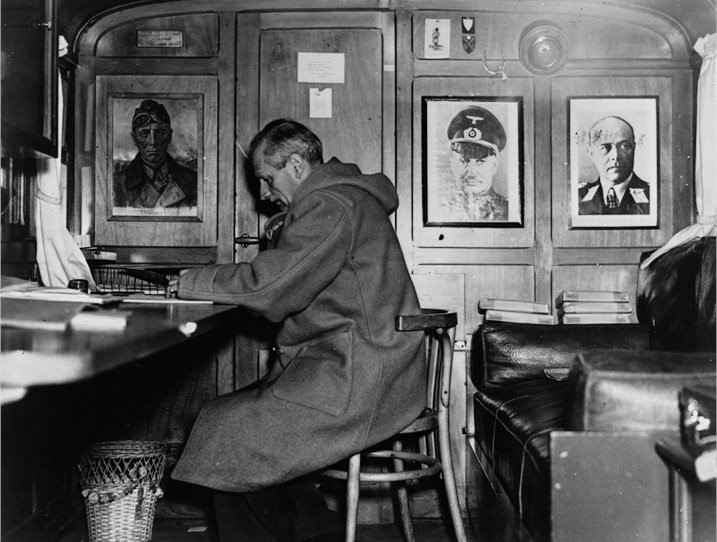The duffle, a coat so known for its British heritage, begins its origin story in Belgium. Named after the fabric first used to make the coat- a heavy woollen cloth manufactured in the Belgian town of Duffel- to this day either spelling, duffle or duffel, can be used. It was worn originally by hardened sea folk; the thick Belgian wool providing a barrier against the harsh winds and storms of the sea.

Introduced into the British Navy uniform in the 1880s, the coat developed features unique to Naval necessity; a large hood designed to fit over a peaked Naval cap; a throat tab to keep chilly winds from one’s neck; wooden toggles and rope fastenings meaning sailors could fasten and unfasten their coats despite thick gloves or freezing hands.
After the Second World War, the redundant excess coats were sold off to the public cheaply, leaving army surplus stores stuffed full of ex-service duffles, an obvious choice for the cash-strapped student of the 1950s and 60s. The duffle appealed as a new uniform for a new generation- free-thinking, academic, unconventional- at a time of upending social change. Adopted by artists, actors, musicians and bohemians alike, the duffle of the post-war years became a symbol of counterculture. And then, like all countercultural trends, the duffle became highly fashionable. Jean Cocteau was pictured in a short white duffle arm in arm with Coco Chanel. The duffle trend grew; endorsed by the Royal Family and school-going children alike. When Paddington Bear appears in 1958, the blue duffle he sports is already a distinct symbol of Britishness, anglicising the bear from darkest Peru.

What sets the duffle apart from other trends, however, is its indelible association with the alternative. David Bowie’s alien character in 1976’s “The Man Who Fell To Earth” wears a duffle as a sign of his otherness, otherworldliness. Oasis, anti-establishment and contrarian, all wear duffle coats on the cover of their 1995 single “Roll With It”. That it has stayed both current and inherently classic illustrates the longevity and endurance of the style; that it remains relevant, returning season after season, a rarity in a world of micro-trends and fast fashion. This year the duffle returns again to the high fashion agenda, a contemporary take on nonchalant 1990s style.
